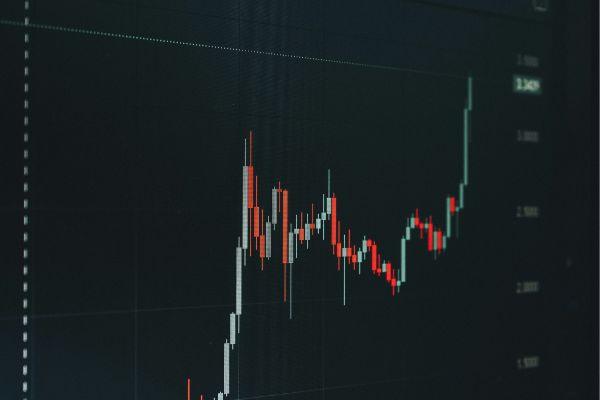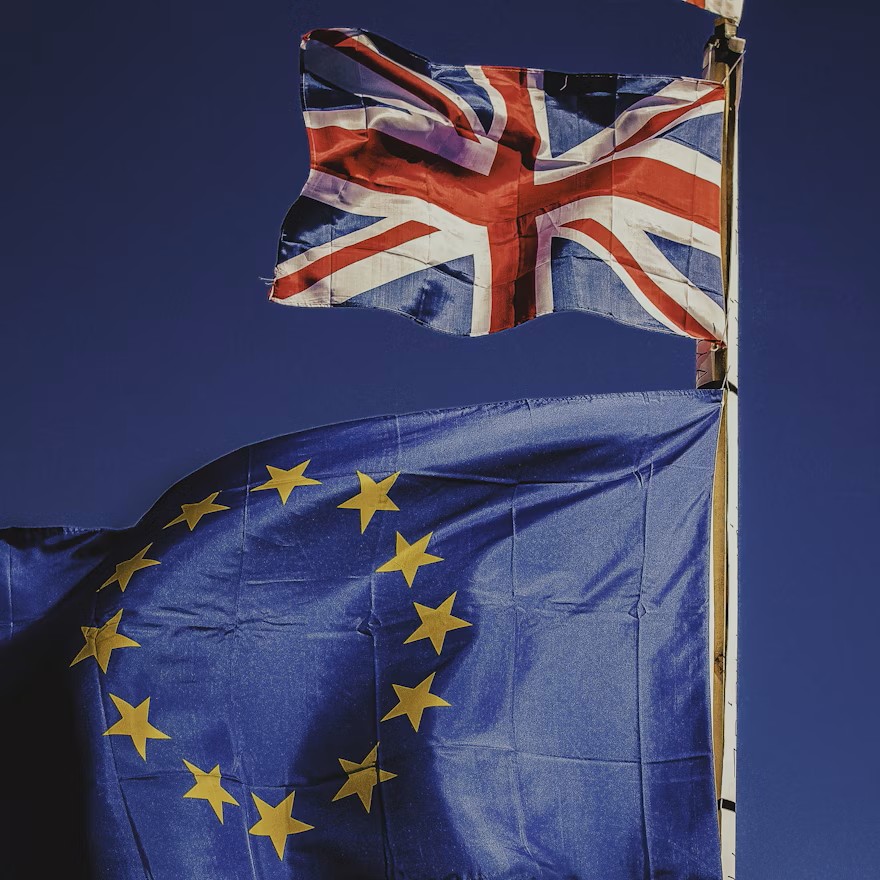2020 has seen dramatic falls in all major markets. This started in February and accelerated in March as the global economy took fright over the scale of the coronavirus pandemic. The FTSE-100 had its second worst one day fall in history of 12th March 2020 of 10.9% and is down 25% since the start of the year. The EuroStoxx-50 has fared even worse to-date and is down 26%. The major US benchmark index of the S&P-500 has so far escaped relatively lightly, down 13%.
Position for Investors
When equity markets suffer such large scale losses in a short period of time a number of factors affect structured products. Investors will be concerned with live products in their portfolio. Such products are already past their strike date and have direct market exposure. They will therefore have suffered significantly with recent events. Investors tend to be worried about two things, prospects at maturity and current values as they might appear on their statements.
Structured products are designed to have certain properties that hold at their final maturity date, such as capital protection. Therefore fully capital protected products will still deliver this protection of the investors capital and compared to virtually all equity investments will look very strong on an relative performance basis.
Capital at risk products
Capital at risk products typically have a barrier level that if breached means that capital will be lost and the investment will show a loss. Data from structurededge.co.uk shows that in the UK market out of a universe of over 700 products none of them that are linked to the FTSE-100 have a barrier level that is above where the index currently is and all European barrier levels that are active before January 2022 are at least 30% below the level of the index at the time of writing. This means that if the index is unchanged or recovers from here none of the products would lose money.
This strong position will not necessarily hold in other markets. For example other commonly used underlying indices may have fallen further and products linked to stocks will have a more varied outcome, In some markets or for shorter dated products the barrier levels will have been set more aggressively, perhaps around the 70% to 80% level. These will likely be in more danger. The UK retail market generally never has a barrier higher than 65%. The position will also be more serious for any product with an American (continuously observed) barrier because once breached there is no opportunity to recover above the barrier level, the index would need to recover beyond the strike level itself.
Secondary markets
While such information may be comforting and needs to be accurately conveyed by advisers and distributors, investors may also take fright when they see live valuations or secondary market levels. Capital-at-risk products would be the most affected in situations such as the current one since in addition to valuations falling due to the underlying itself they will be further hit by the inevitable increases in implied volatility levels and almost all capital at risk products will have negative price sensitivity (vega). Additionally there has also been an increase in issuer credit spreads which is also to be expected. Taking all these three effects together, along with a likely widening of bid-offer spreads that banks may quote means that valuations will suffer falls.
The Auto-call, the most popular capital-at-risk product can have secondary market prices that fall in value as fast as the underlying index itself. This is at first glance surprising since the barrier protection is put in the product to reduce capital risk and so investors may find it unintuitive. The likelihood is that valuations will start to recover as volatility levels stabilise and other market fears ease, even if the index itself has not moved back up significantly.
Investors need to be prepared for such eventualities and the difference between short term behaviour and maturity prospects explained. In the majority of cases it pays to sit tight and not sell at current levels which represent poor value over the effect of pure equity losses alone. It is usually best to keep faith in the capital protection which is designed for maturity and may be some years off.
Future returns
While structured product investors primary concern is around capital protection in the current climate, they will also review the prospects for positive returns through any growth or income. Reverse convertibles and Autocalls with unconditional income will generally perform better than those with conditional or phoenix coupons since the coupons are not at risk. Although many Autocalls will still have every prospect of full return of capital many of them will have their chances for successful calling seriously impacted and the expected time until that happens put back significantly, often several years. This will be a shock for investors used to expecting products to call in the first year or two in terms of realised returns and reinvestment opportunities.
The situation for new issuance as well as the issuer perspective in managing risk of live products will be examined in a future article.
Tags: Structured Edge Investment Product types









